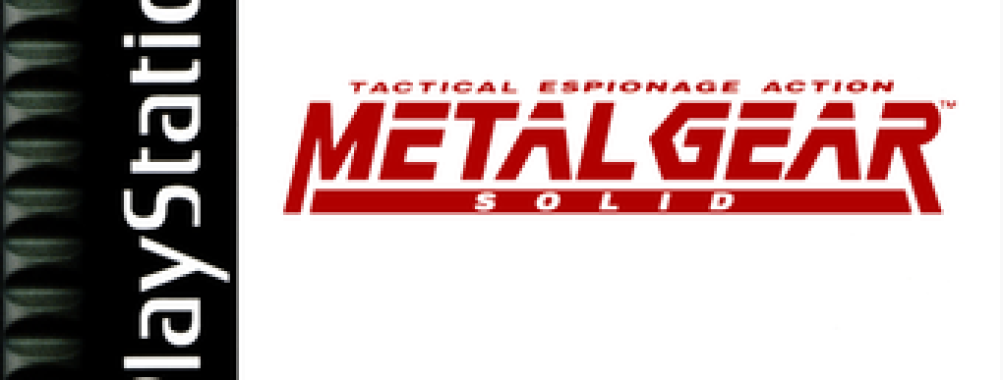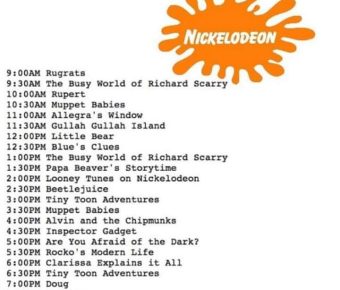
Video Games of the 90s: Metal Gear Solid
Metal Gear Solid: A Groundbreaking Classic of the 90s
If you were gaming in the late 90s, chances are Metal Gear Solid left an indelible mark on your childhood. Released in 1998 for the Sony PlayStation, this stealth-action masterpiece revolutionized the video game industry and quickly became a fan favorite. Developed by Hideo Kojima and published by Konami, the game introduced cinematic storytelling and stealth gameplay that set it apart from anything else at the time.
As someone who has played this game countless times, I can confidently say it’s a gem of the era. But like any game, it had its share of challenges. Let’s dive into what made Metal Gear Solid so special and where it fell short.
The Story That Kept Us Hooked
One of the most remarkable aspects of Metal Gear Solid was its immersive, cinematic story. You play as Solid Snake, a retired operative forced back into action to infiltrate a nuclear weapons disposal facility on Shadow Moses Island. The mission? Stop a rogue special forces unit, FOXHOUND, from launching a nuclear strike.
The story was packed with twists, betrayals, and moments that made you question who the real villains were. From the mysterious Liquid Snake to tragic figures like Sniper Wolf, the game’s characters added depth and emotional weight to the narrative. It felt like you were playing a Hollywood thriller—complete with political intrigue, ethical dilemmas, and unforgettable dialogue.
Stealth Gameplay at Its Finest
Before Metal Gear Solid, most action games focused on run-and-gun mechanics. But this game changed the rules with its emphasis on tactical espionage action. Players were encouraged to avoid detection, sneak past guards, and think strategically to complete their missions. Hiding under tables, crawling through ventilation shafts, and using clever gadgets like the iconic cardboard box added a layer of depth that was both challenging and rewarding.
The game’s AI was also groundbreaking for its time. Guards reacted to your footprints in the snow, were alerted by suspicious noises, and even communicated with each other to track you down. It wasn’t just about brute force—it was about being smart. This stealth-based approach influenced countless games that followed, making Metal Gear Solid a pioneer in the genre.
Attention to Detail: A Game Ahead of Its Time
For a game released in 1998, the level of detail in Metal Gear Solid was astonishing. The graphics, while limited by the PlayStation’s hardware, were some of the best of the era. The game’s use of cinematic camera angles and real-time cutscenes created an experience that felt groundbreaking.
The voice acting was another standout feature. David Hayter’s performance as Solid Snake became legendary, defining the character for generations of gamers. Meanwhile, the sound design—from the tense alert sound when a guard spotted you to the dramatic score—elevated the experience. Moments like the famous boss fight with Psycho Mantis, where players had to switch controller ports to outsmart him, showcased the game’s creativity and innovation.
The Challenges: No Game is Perfect
Of course, Metal Gear Solid wasn’t without its flaws. The controls, while serviceable for the time, feel clunky by today’s standards. Managing movement, aiming, and actions like crouching could be unintuitive, especially during intense moments.
The camera system, which used fixed angles, sometimes made it difficult to see your surroundings, especially in tighter spaces. This led to frustrating trial-and-error gameplay in certain areas.
Additionally, some of the boss fights were notoriously difficult. While battles like Sniper Wolf and Revolver Ocelot were iconic, others (like the Hind D helicopter fight) could feel like exercises in frustration. These moments required patience, persistence, and sometimes a lot of retries.
Why We Still Love Metal Gear Solid
Despite these minor issues, Metal Gear Solid remains a beloved classic. Its groundbreaking gameplay, immersive storytelling, and attention to detail were revolutionary for the 90s and set the standard for games that followed.
It’s a testament to the vision of Hideo Kojima, whose cinematic approach to game design changed the industry forever. Metal Gear Solid isn’t just a game—it’s an experience. Its influence can be seen in modern stealth and action games like Splinter Cell, Hitman, and The Last of Us.
Should You Play It Today?
If you’ve never experienced Metal Gear Solid, it’s worth revisiting to see where it all began. While the controls may feel dated, the heart and soul of the game remain as captivating as ever. For modern players, the Metal Gear Solid: HD Collection offers updated versions of the later games in the series, but the original is still a must-play for fans of stealth and storytelling.
What about you? Did you play Metal Gear Solid back in the day? Share your thoughts, favorite moments, and memories in the comments below—we’d love to hear from you!



